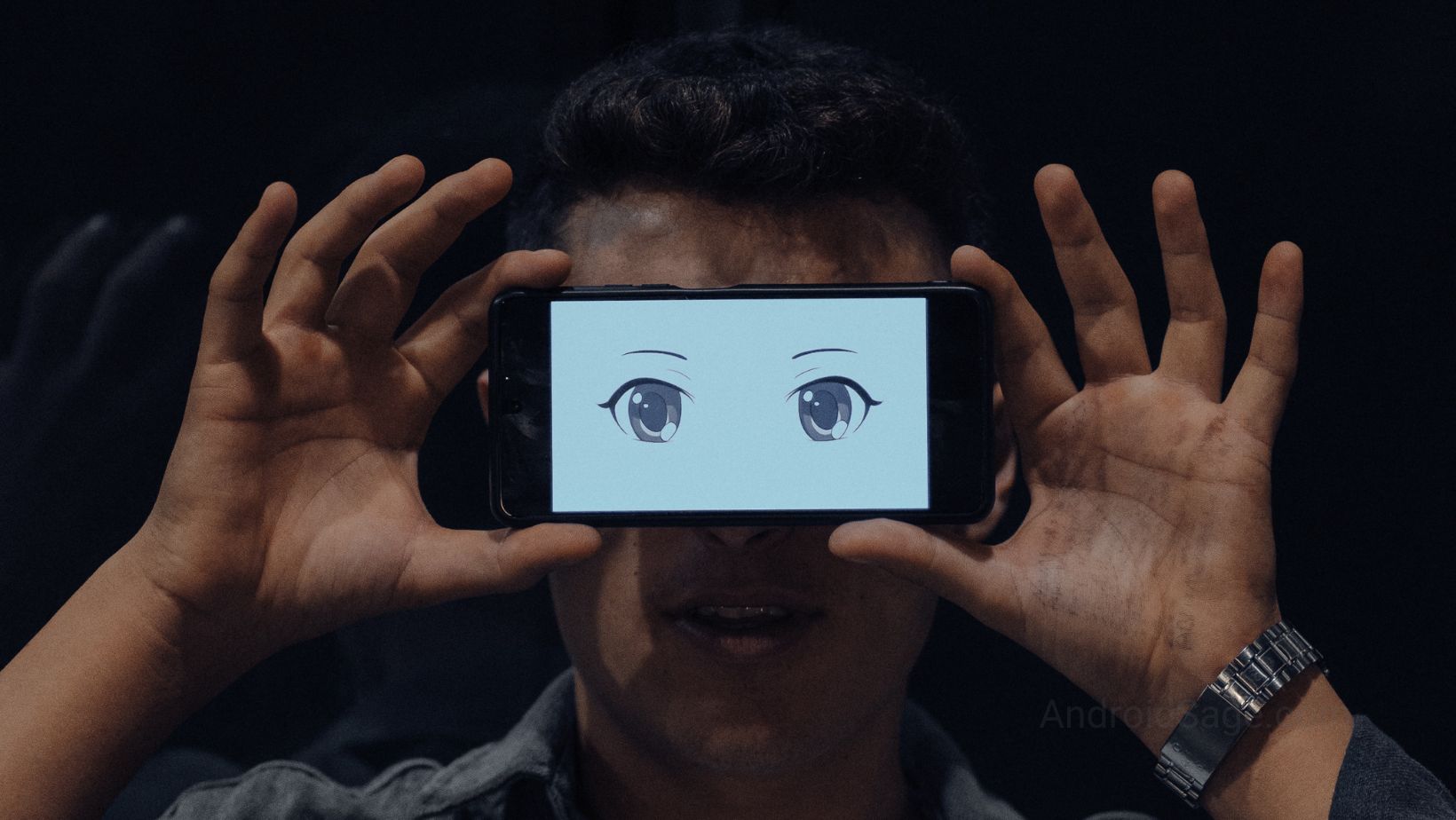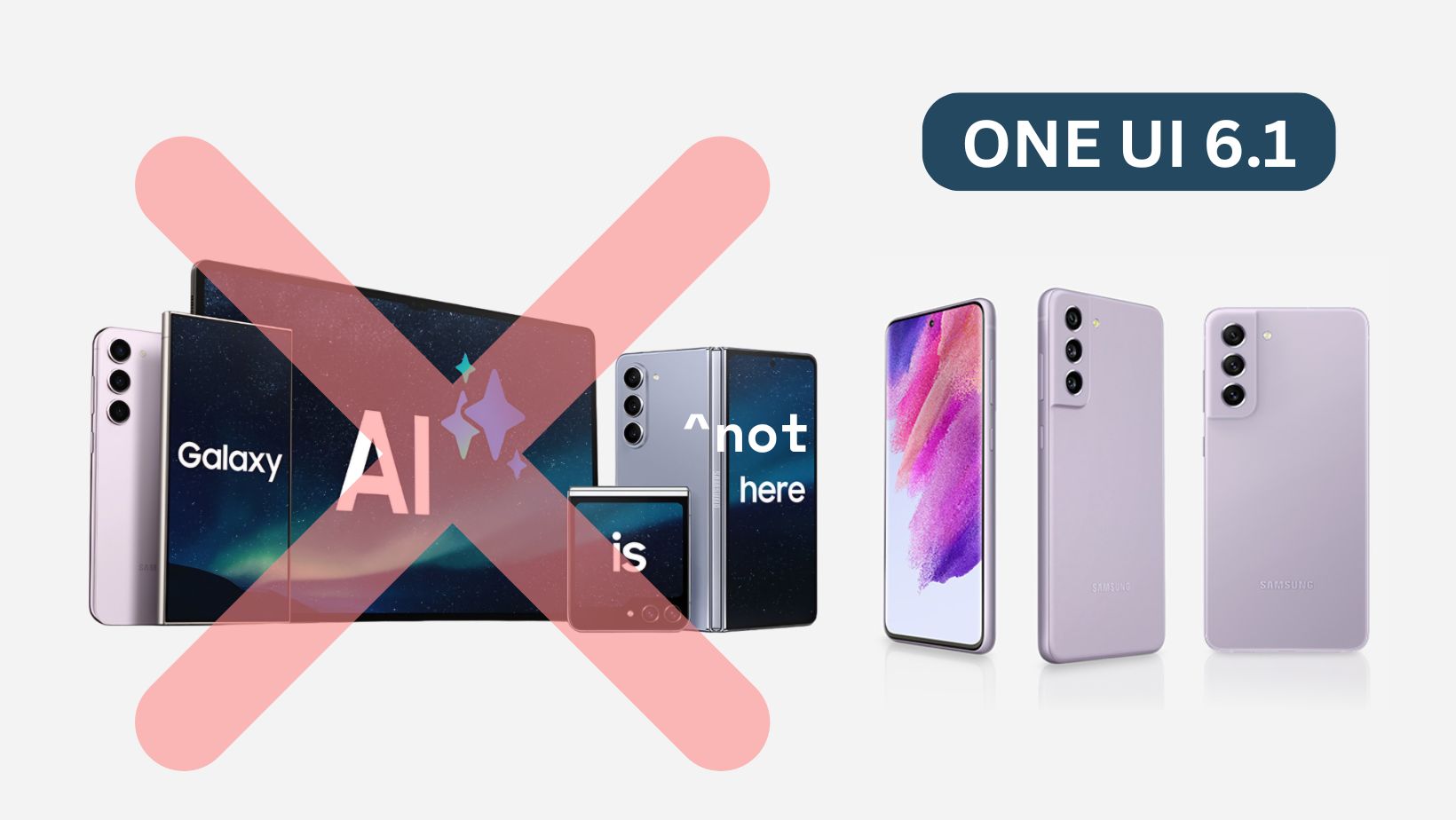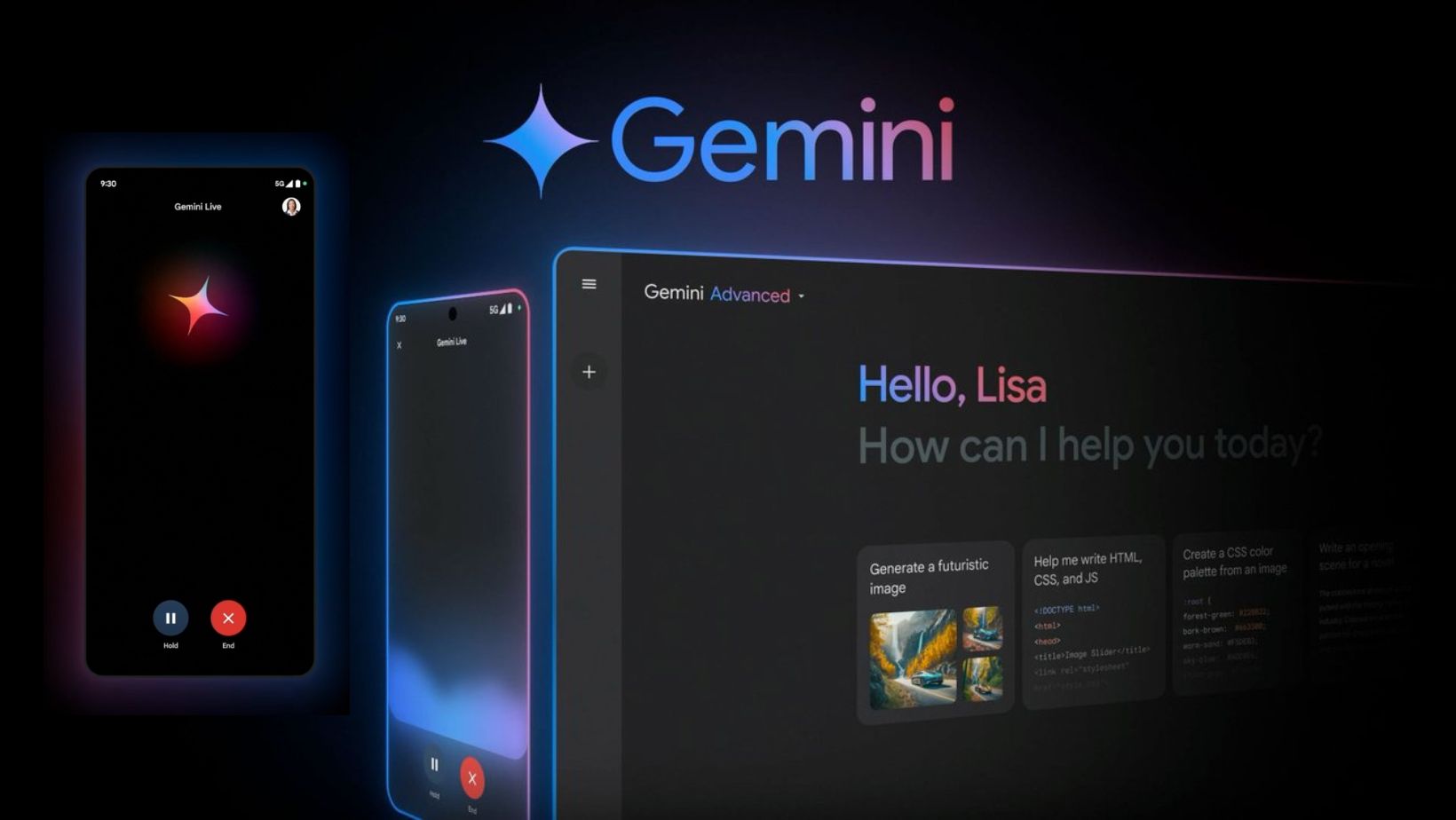The gaming industry is changing due to virtual reality, and this change is only escalating. Since its start in the 1990s, VR has developed from a fledgling business to one that is rapidly expanding. What does the future promise for this exciting gaming niche? Over the years, it has seen enormous technical advancements, affordability, and greater accessibility.
With demands for 3D and real-life gaming experiences at an all-time high, the future of VR gaming is obviously questioned. This post defines the future of VR gaming and what to expect.
Virtual Reality Explained
Virtual reality (VR) is a cutting-edge technology that generates a virtual or 3D environment where players can interact in real life. By simulating real-world events, virtual reality (VR) enables users to interact with one another and form social networks.
Using a special headset and hand controllers, virtual reality (VR) immerses the user in a simulated environment. The hand controllers enable communication with others and control of things in the so-called “real world.” The virtual environment could be a brand-new world or a recreation of a current place. VR has a variety of applications, including amusement and the medical industry.
Players can earn money while spending time and effort on video games in this way. NFTs (non-fungible tokens), which are digital assets that can be bought and traded using blockchain gaming technology, are rewarded in many money-making games. Players can convert their NFT earnings into real-world rewards by selling the things they acquire in the form of NFTs on a specific marketplace. Furthermore, they can use their crypto earnings to play bitcoin casino games and earn even more.
According to Fortune Business Insights, the VR gaming market was $6.2 billion in 2020, with a projected growth at $53.4 billion by 2028. This proves that VR gaming is at an unprecedented rise.
Challenges Facing VR Gaming
VR gaming may be popular for several reasons, but the industry still faces some challenges. One of them is the hardware equipment. Presently, high-end VR pieces of equipment need a high-performance PC or console to create the required effect. However, only a few can afford the pricey hardware.
The good news is the industry is still nascent. As it advances, many VR devices will become less expensive and user-friendly.
How the Current VR Industry Fares
Undoubtedly, VR space has grown exponentially, especially in sound quality and realism. VR technology is getting more sophisticated, and this has contributed massively to the sound quality and realism. As we see advancements in this area, we expect more realism (characters and environment) and better audio quality to create a more immersive landscape.
The Future of Virtual Reality
Presently, we see significant improvements in VR technology. Thus, has contributed massively to the current state of the industry. With more development, we expect to see more affordable and smaller headsets and other equipment. This will foster adoption among consumers, which will bring in more revenue and innovation into the industry.
Another area that will define the future of this space is gaming content. As more developers become more attuned with VR technology, they will be able to create more realistic games, such as RPG, action, and sports games, that will engage users. This will bring diversity to gaming.
Besides gaming, VR technology can also transform other sectors, like education. It could be used to enhance learning experiences, train medical staff, and create virtual models of buildings. As VR advances, we expect VR to disrupt more industries.
Beyond Virtual Reality
Beyond VR, we predict improvements in other aspects of gaming, like augmented reality (AR) and mixed reality (MR). AR spreads digital information, like images or texts, onto the real world using a smartphone or any device with a camera.
AR is already in use in various areas, such as gaming and marketing. In gaming, AR can display virtual avatars of real-life characters or objects and allow users to interact with them. Already, this technology is used in Pokemon Go. In the education space, this technology can display other information about something when an object is pointed at. As this technology improves, we expect more AR games that will integrate with our environment.
MR is another area that will define the future of gaming. An immersion of VR and AR, MR enables users to interact with virtual and real-life characters simultaneously, creating a realistic experience. With improvements in this area, we expect MR games that combine both worlds.
Cloud gaming is another area. This involves streaming games over an internet protocol instead of downloading them. Cloud gaming can make gaming more accessible to a larger audience, as it curbs the need to purchase expensive hardware.
Lastly, we anticipate more advancements in AI and machine learning. Improvements in AI will lead to the creation of more intelligent characters, as well as the personalization of gaming experiences.
Final Thoughts
Conclusively, the future of gaming looks exciting and promising, with VR, AR, AI, cloud gaming, and MR set to revolutionize the gaming space. As these technologies develop and become more accessible and affordable, we anticipate more realistic and engaging gaming experiences that extend all borders.
Apart from gaming, we also expect new applications of these technologies in various aspects of our lives. The gaming industry is just getting started.


![You can Activate Satellite Messaging on Android 15 [Here's How To] 2 You can Activate Satellite Messaging on Android 15 [Here’s How To]](https://www.androidsage.com/wp-content/uploads/2024/05/Google-Satellite-messaging-on-Android-15.jpg)



![Latest ChatGPT Update brings GPT-4o for Free to Everyone, Feature List Included [APK Download] 6 Latest ChatGPT Update brings GPT-4o for Free to Everyone, Feature List Included [APK Download]](https://www.androidsage.com/wp-content/uploads/2024/05/Download-ChatGPT-4o-For-Free-With-Voice-Mode.jpg)


![[Download] Nothing Releases Android 15 Beta Program Starting with Phone 2a, Nothing OS 3.0? 9 [Download] Nothing Releases Android 15 Beta Program Starting with Phone 2a, Nothing OS 3.0?](https://www.androidsage.com/wp-content/uploads/2024/05/Download-Nothing-OS-Android-15.jpg)